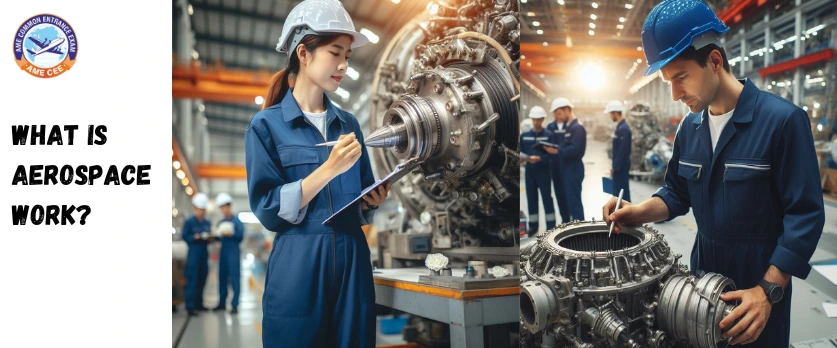Understanding Aerospace Work
Aerospace work encompasses a broad range of activities related to the design, development, manufacturing, testing, and maintenance of aircraft and spacecraft. It involves a multidisciplinary approach that integrates engineering, science, technology, and management to create and operate vehicles that navigate through Earth’s atmosphere or outer space. Here’s a detailed breakdown of the key aspects of aerospace work:
Aircraft Design and Development
Conceptualization: Engineers work on conceptualizing new aircraft, considering factors like purpose (commercial, military, or experimental), payload capacity, and fuel efficiency.
Aerodynamics: Experts focus on designing aircraft shapes and wings to optimize lift, drag, and fuel consumption.
Structural Design: Aerospace professionals create the structural framework of aircraft, ensuring it meets safety and durability standards.
Avionics: Integration of electronic systems, such as navigation, communication, and flight control systems, to enhance aircraft functionality.
Spacecraft Design and Development
Orbital Mechanics: Engineers calculate trajectories and orbits to plan space missions efficiently.
Spacecraft Structures: Designing structures that can withstand the harsh conditions of space, including extreme temperatures and microgravity.
Payload Integration: Incorporating scientific instruments or equipment into spacecraft for various missions.
Rocket Propulsion: Developing propulsion systems for spacecraft to reach and navigate in space.
Manufacturing and Production
Materials Science: Selecting and testing materials that meet the stringent requirements for aerospace components.
Precision Manufacturing: Employing advanced manufacturing techniques to produce aircraft and spacecraft components with high precision.
Quality Control: Ensuring strict quality standards are met during the manufacturing process.
Testing and Validation
Flight Testing: Conducting tests to evaluate the performance and safety of aircraft and spacecraft in real-world conditions.
Simulations: Utilizing computer simulations to model and analyze the behavior of aerospace systems before physical testing.
Environmental Testing: Exposing aerospace components to extreme conditions, including temperature, pressure, and vibration, to ensure they can withstand various environments.
Maintenance and Repair
Routine Maintenance: Performing regular checks and maintenance to ensure the continued airworthiness of aircraft.
Repairs and Overhauls: Addressing wear and tear, and making necessary repairs to extend the lifespan of aerospace vehicles.
Research and Development
Innovation: Engaging in research to develop new technologies and improve existing aerospace systems.
Advanced Concepts: Exploring futuristic concepts, such as hypersonic travel or reusable space vehicles.
Regulatory Compliance
Certification: Ensuring that aerospace vehicles meet regulatory standards and obtaining certifications from aviation authorities.
Safety Compliance: Implementing safety protocols to minimize the risk of accidents or malfunctions.
Conclusion
Aerospace engineering work is a dynamic field that constantly pushes the boundaries of human capabilities. Whether it’s designing cutting-edge aircraft, exploring space, or ensuring the safety of existing vehicles, aerospace professionals contribute to advancements that shape the future of aviation and space exploration.
To become an aerospace engineer you may could join aerospace engineering through AME COMMON ENTRANCE EXAM (AME CEE) this examination you may join Aerospace Engineering approved by AICTE.


